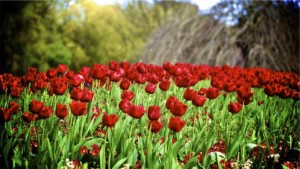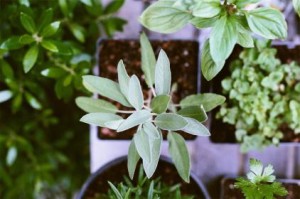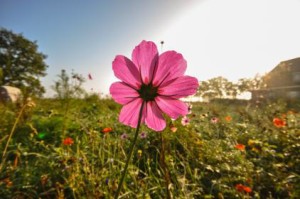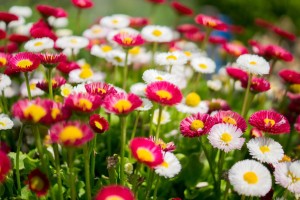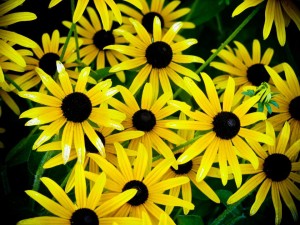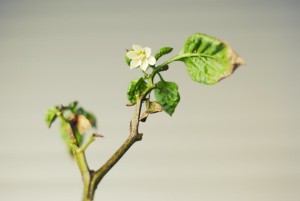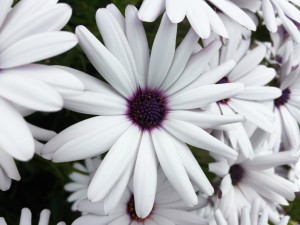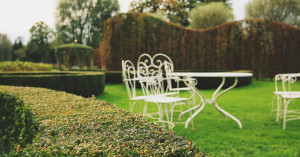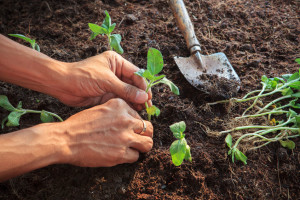Tips on How to Prepare Your Garden Soil this Spring Before You Plant
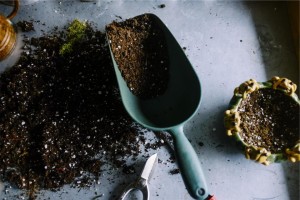 March and April are the right months for gardeners to do some literal groundwork. Now is the time to prepare your garden soil so that when you’re ready to plant your vegetables, herbs and flowers you will have the choicest environment for producing a bountiful yield all summer long.
March and April are the right months for gardeners to do some literal groundwork. Now is the time to prepare your garden soil so that when you’re ready to plant your vegetables, herbs and flowers you will have the choicest environment for producing a bountiful yield all summer long.
Stir things around. If you’ve let the vestiges of last year’s garden sit idle, now is the time to “dig” out the shovel and start turning those dead plants under. If small weeds and plants have managed to creep into your hallowed ground – turn them under too. Work all that vegetation into the ground and then frost your new-turned soil with a healthy layer of rich compost. Experts suggest one-half to one inch of quality compost material be worked into your garden soil.
Loosen things up. Now that you’ve stirred some nutrient-rich compost into the soil, you want to keep a good thing going. If this is your first year gardening in this spot, be sure to remove all rocks, pebbles and other debris from the soil. If this is a repeat performance spot, make sure to loosen the earth well. Winter freezes, pounding rains and other forces spent the last few months hardening the ground. To prepare your garden correctly, you’ll need to loosen all the tough, hard places until the ground is nicely broken up and aerated.
Pour something good in. The closer you get to planting time, the more you’ll need a fertilizing plan. Where you’re planning to set out plants with greedy appetites (think corn) you’ll want to prepare a deep trough for lots of fertilizer. Trenching works well. In areas where you place plants with lighter appetites (think lettuces) you can just pour fertilizer into the top inch or two of soil. Most summer vegetables like easy access to their vitamins. For big plants (think tomatoes) pour a mix of compost and fertilizer right into the planting hole.
Last, but not least, you’ll want to prepare your garden by clearly identifying where each plant is located. At Kincaid Plant Markers we sell only the best plant markers. We have prices to suit every kind of gardener. The key to great rewards later is proper groundwork now. Be sure that your groundwork is well marked with Kincaid Plant Markers. Order yours today.

